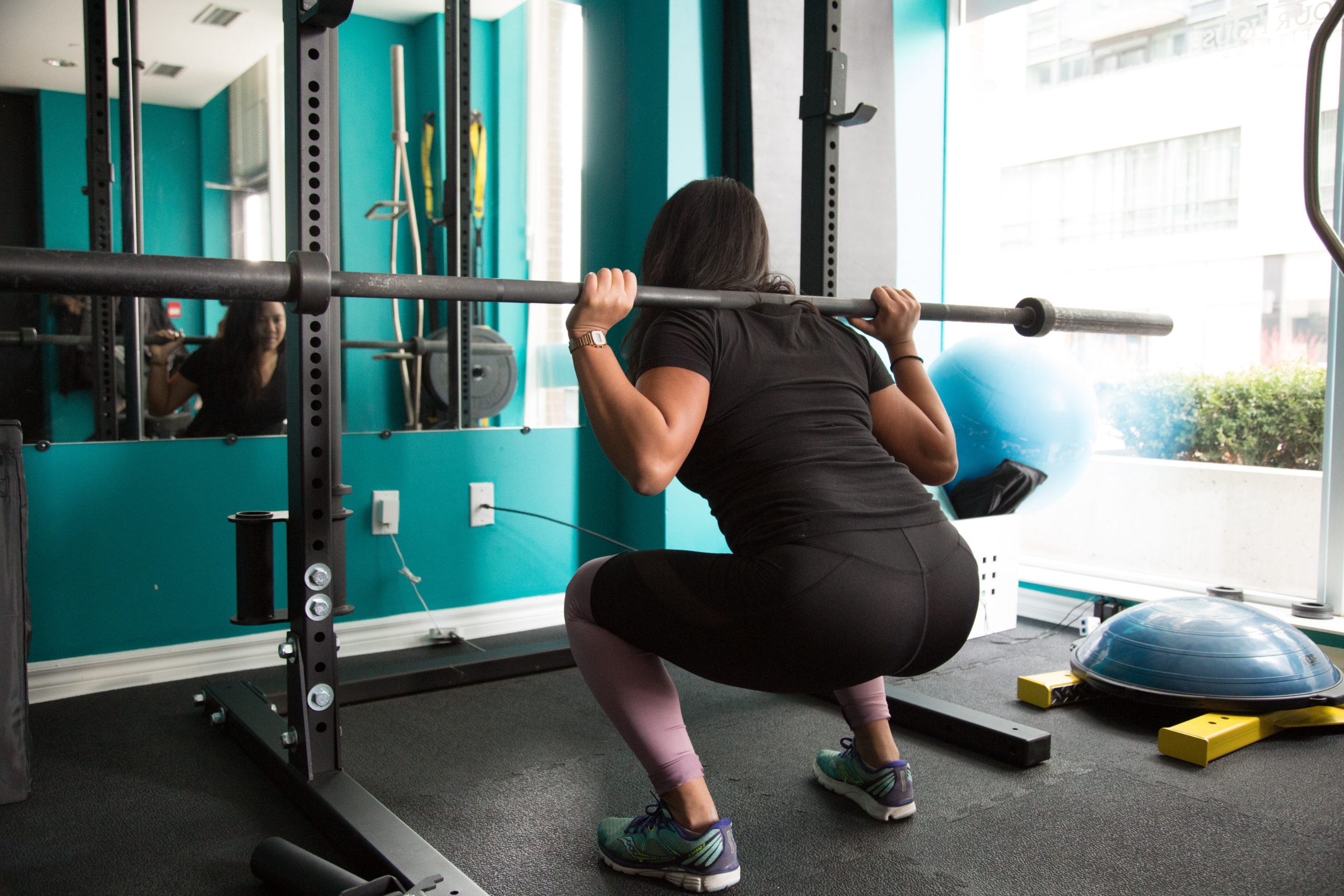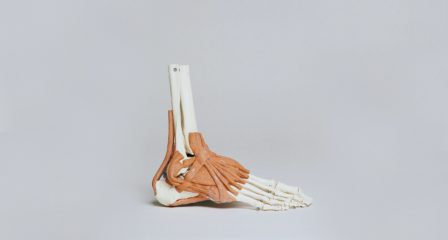Written by Physiotherapist: Liz Quinn.
Menopause marks the end of the reproductive stage of a woman’s life. There are many signs and symptoms associated with menopause, majority of which can be associated with the reduction of levels of circulating oestrogen. While some of these symptoms will subside once a woman is post menopausal, some of the changes that occur during menopause need to be considered and managed long term.
Menopause Definitions:
- Perimenopause – from when the cycle starts changing until 12months after the final menstrual period. Can last 1-3 years – commonly lasts 4-6yrs.
- Menopause transition – from when cycle starts changing, until final menstrual period.
- Post Menopause – When a woman has had no periods for 12 consecutive months she is considered to be “postmenopausal”. Most women become menopausal naturally between the ages of 45 and 55 years, with the average age of onset at around 50 years. At this stage, there is no production of oestrogen and progesterone and the ovaries no longer release eggs.
Menopause facts:
- 20% of women will have no symptoms, 20% will have severe symptoms and everyone else will be somewhere in between.
- Oestrogen has been proven to be important with brain function, so the ‘brain fog’ some women describe is secondary to the hormone change! More research is needed in this area to fully understand exactly how oestrogen impacts cognition.
- Weight increase is not completely contributable to menopause – age and lifestyle factors also contribute. Menopause is, however, associated with an increase in total body fat and abdominal fat.
- The stage of menopause is generally diagnosed based on symptom profile rather than blood tests measuring actual hormone level. This is because hormone levels tend to fluctuate during perimenopause as opposed to a steady decline. This means a blood test doesn’t hold any value, it will merely highlight what is happening at that moment in time.
Why is oestrogen important?
We have identified that post menopausal women will have a reduction in oestrogen. Research is still lacking, and we still don’t have a thorough understanding of what some oestrogen receptors are responsible for, however, we do know that:
- Oestrogen may be directly involved in muscle metabolism and may also play a role in regulating carbohydrate and lipid metabolism, which may influence skeletal muscle composition in postmenopausal women.
- Therefore, the decrease in oestrogen levels with menopause may play a potential role in the muscle mass decline observed after the 5th decade of life.
- Loss of muscle mass begins substantially at the age of 50, and there seems to be a link between sarcopenia (loss of muscle mass) and osteoporosis.
- Women suffering from sarcopenia have more than double higher risk factors for fractures and falls in comparison to those without.
- Oestrogen promotes osteoblasts (bone forming cells) and increases calcium absorption from the blood, therefore the decrease in oestrogen in menopause marks an increase in bone reabsorption or a loss of bone mineral density.
- Peak mineral bone density is achieved around 30 and progressively declines at a rate of ~0.7% per year. This can be as high as 5% per year following the final menstrual period and can persist for up to 3years following at this rate before it returns to normal.
- Vasomotor changes (hot flushes and night sweats) are not completely understood but are related to oestrogen withdrawal. It is thought that the reduction of oestrogen can impact the brain temperature regulatory centre making sweating and shivering more common.
- The information on skin, cartilage and connective tissues has been slower to emerge.
- Conclusions have essentially said oestrogen has receptors and affects connective tissue throughout the body.
- Osteoarthritis has been shown to be worse after menopause, suggesting oestrogen is important for cartilage health.
- There is a positive association between high oestrogen levels and tendon health.
- In post menopausal women, the reduction in oestrogen levels have been associated with a reduction in collagen synthesis and increased risk of tendon rupture.
- Hormone replacement therapy has been shown to improve achilles tendon diameter in active women (nil change in sedentary women).
- In pre-menopausal women, the likelihood of lower limb tendinopathy is lower than in men. In post menopausal women, as oestrogen declines, collagen production declines, tendons become thinner and the likelihood of tendon ruptures increases.
In Summary…
Menopause marks the end of the reproductive stage in a woman’s life. Research has identified oestrogen receptors in almost all tissues throughout women’s bodies, however, we still don’t have a great understanding of how oestrogen impacts the function of these tissues. We know that menopausal women are at an increased risk of some injuries, however, these injuries can usually be managed with appropriate strategies.
If you have any questions on menopause related injuries, please get in touch via phone (5229 3911) or email (info@theinjuryclinic.com.au).



